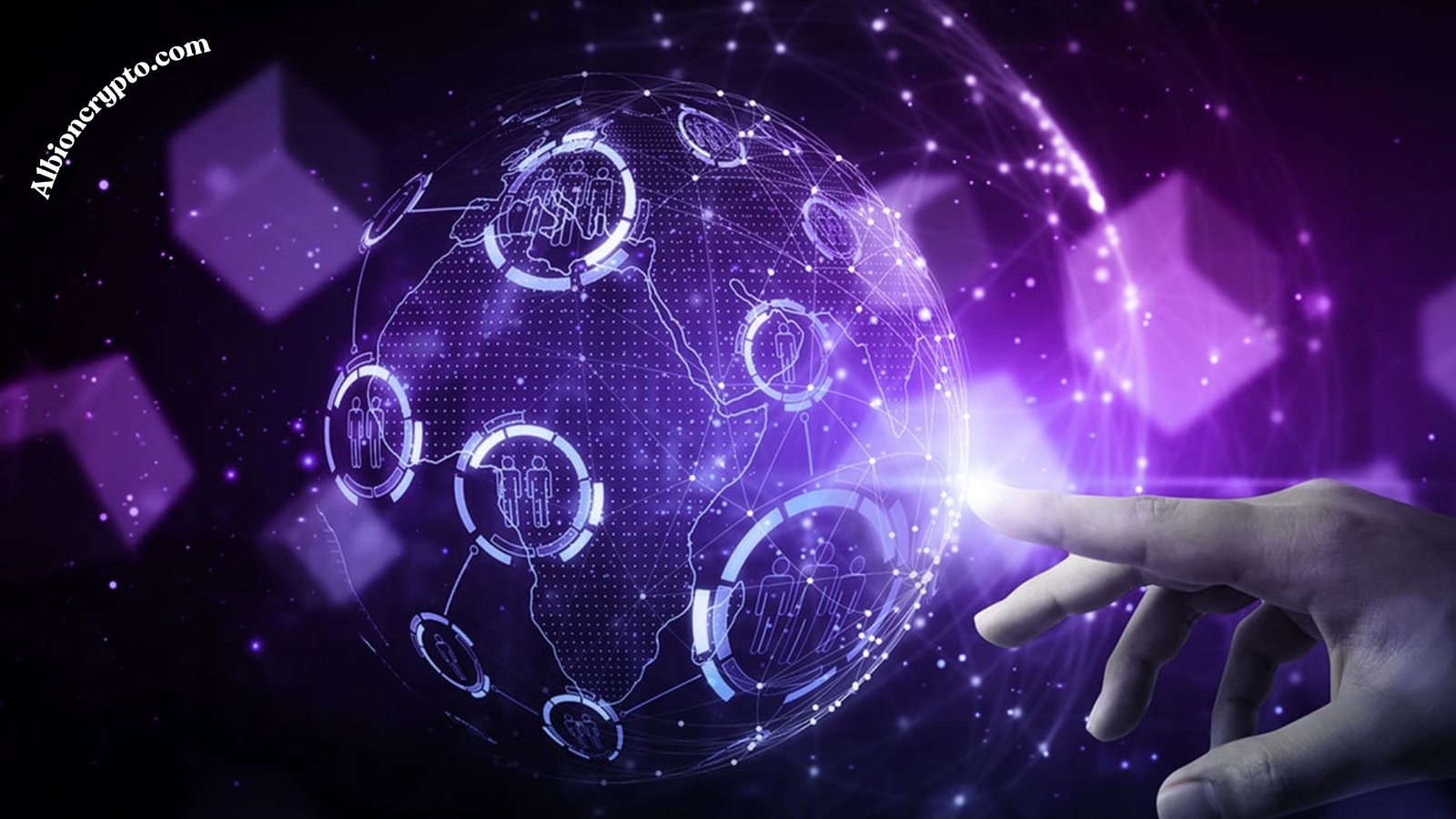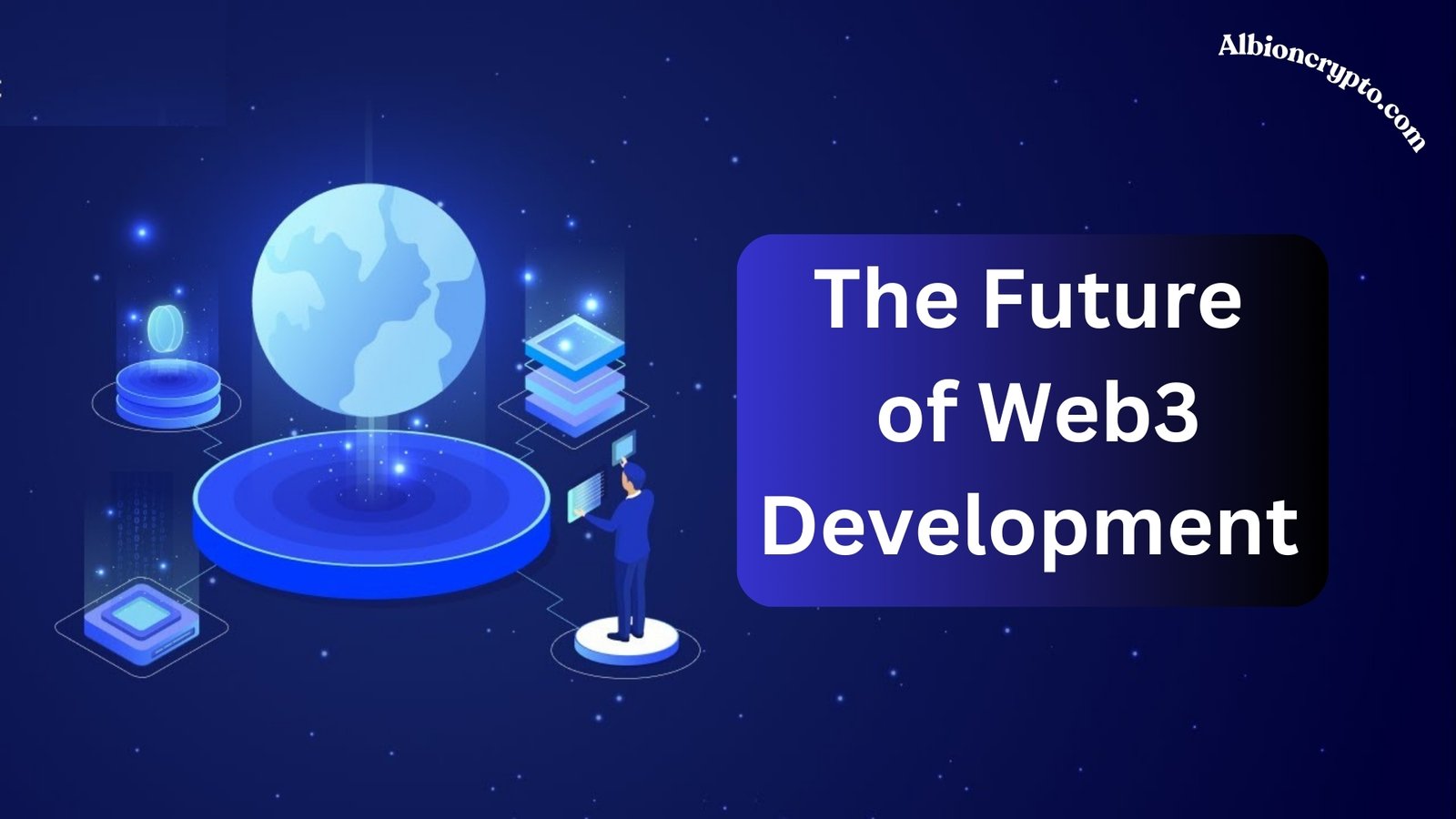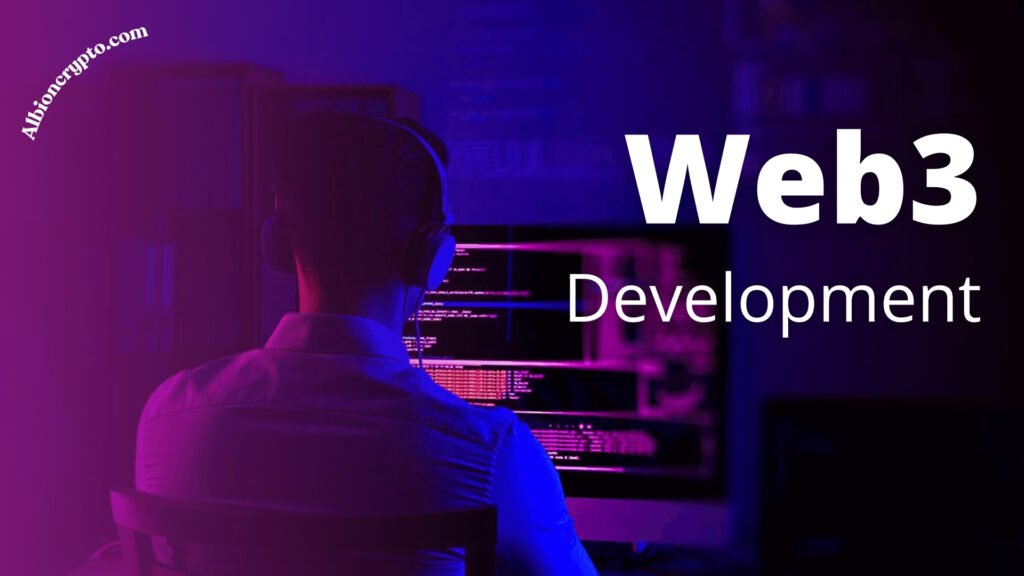The concept of Web3 represents a transformative shift in how we interact with the Internet, moving from a centralized, corporation-driven web to a decentralized, user-centric one. This evolution is poised to disrupt numerous industries, democratize access to technology, and empower users in unprecedented ways. As Web3 continues to gain traction, understanding the latest trends, technologies, and development practices is crucial for anyone looking to stay ahead in this rapidly evolving field.
The Foundation of Web3
To appreciate where Web3 is headed, it’s essential to understand its roots. The Internet’s first iteration, Web1, was a read-only, static experience. Users could consume content, but interaction was minimal. Web2, which dominates today, introduced a read-write dynamic, enabling users to interact, share, and create content on social media, blogs, and e-commerce sites. However, Web2 is characterized by centralization, where a few powerful entities control the flow of information and data.
Web3, often called the decentralized web, seeks to address the limitations of Web2 by leveraging blockchain technology, smart contracts, and decentralized applications (dApps). This new paradigm promises users greater privacy, security, and control and new economic models that reward participation and ownership.
Core Technologies Driving Web3 Development
Blockchain
At the heart of Web3 is blockchain technology, a distributed ledger that records transactions across multiple computers to ensure security and transparency. Blockchain’s decentralized nature eliminates the need for intermediaries, reducing the risk of censorship and fraud. With its robust ecosystem, Ethereum remains the most popular blockchain for Web3 development, but other blockchains like Solana, Polkadot, and Avalanche are also gaining momentum.
Smart Contracts
Smart contracts are self-executing contracts with the terms of the agreement directly written into code. They automatically enforce and execute actions when predetermined conditions are met. This technology underpins many Web3 applications, enabling decentralized finance (DeFi) protocols, non-fungible tokens (NFTs), and decentralized autonomous organizations (DAOs).
Decentralized Applications (dApps)
dApps are software applications running on a blockchain rather than centralized servers. They offer the same functionality as traditional apps without a central control point. This decentralization provides greater security and user autonomy. Popular dApps include Uniswap (a decentralized exchange), Aave (a DeFi lending platform), and OpenSea (an NFT marketplace).
Interoperability Protocols
As multiple blockchains proliferate, interoperability—enabling these blockchains to communicate and work together—becomes increasingly important. Projects like Polkadot and Cosmos focus on creating cross-chain compatibility, allowing for transferring assets and data between different blockchain networks.
Layer 2 Solutions
Layer 2 solutions have been developed to address the scalability issues inherent in many blockchains. These protocols are built on top of existing blockchains to improve transaction speed and reduce costs. Examples include Ethereum’s Optimistic Rollups and zk-Rollups, which help manage the blockchain’s load by processing transactions off-chain and recording them on the main chain.
Critical Trends in Web3 Development
Decentralized Finance (DeFi)
DeFi has been one of the most significant drivers of Web3 adoption. By recreating traditional financial systems—such as lending, borrowing, and trading—on the blockchain, DeFi removes the need for banks and other intermediaries. Innovations like yield farming, liquidity mining, and decentralized exchanges (DEXs) have opened up new financial opportunities, particularly in underbanked regions.
Non-Fungible Tokens (NFTs)
NFTs have captured mainstream attention by allowing the ownership and trading of unique digital assets on the blockchain. While initially popularized by digital art, the use cases for NFTs are expanding into areas like gaming, music, and virtual real estate. NFTs also play a crucial role in the emerging presenting ownership of digital goods and properties.
Decentralized Autonomous Organizations (DAOs)
Decentralized autonomous organizations, or DAOs, are collectively run by their members and regulated by smart contracts. Typically, decisions in a decentralized autonomous organization (DAO) are reached through a voting procedure, with governance tokens as the voting power. A new type of governance is represented by decentralized autonomous organizations (DAOs), which are transparent, democratic, and frequently more adaptable than traditional corporate structures. For instance, MakerDAO, which is responsible for the governance of the DAI stablecoin, and ConstitutionDAO, which attempted to acquire a rare copy of the United States Constitution, are both examples.
Metaverse and Web3
The concept of the metaMetaverseollective virtual shared space, often imagined as a fully immersive digital environment—has gained traction alongside Web3. Web3 Development: While companies like Meta (formerly Facebook) invest heavily in centralized metaverse platforms, Web3 offers an alternative vision where the meta metaverse is decentralized, user-owned, and built on blockchain technology. These decentralized metaMetaverseers own their digital identities, assets, and data and can move seamlessly between virtual worlds.
Privacy and Security
With growing data privacy and surveillance concerns, Web3’s emphasis on user control is increasingly relevant. Privacy-preserving technologies, such as zero-knowledge proofs and decentralized identity solutions, are being integrated into Web3 applications to give users more control over their personal information. These innovations are crucial for the mass adoption of Web3, as they address one of the main criticisms of the current internet paradigm.
Challenges in Web3 Development
While the potential of Web3 is immense, the road to mass adoption is fraught with challenges.
Scalability
Many blockchain networks, particularly Ethereum, have faced scalability issues, leading to high transaction fees and slow processing times. Although Layer 2 solutions and alternative blockchains offer some relief, achieving the scalability required for mass adoption remains a significant hurdle.
User Experience (UX)
Web3 Development: The complexity of using Web3 applications is a significant barrier for mainstream users. Interacting with blockchain wallets, understanding gas fees, and managing private keys can be daunting for those unfamiliar with the technology. Improving the UX of Web3 applications is essential to attract a broader audience.
Regulation
As Web3 disrupts traditional industries, it is attracting the attention of regulators worldwide. The decentralized nature of Web3 poses challenges for regulation, as it often operates outside the traditional legal frameworks. Governments are grappling with regulating activities like DeFi and NFTs without stifling innovation.
Security
Web3 applications’ decentralized nature makes them attractive targets for hackers. High-profile incidents, such as the DAO hack 2016 and more recent DeFi exploits, highlight the importance of robust security practices in Web3 development. Intelligent contract vulnerabilities, in particular, pose a significant risk, as they can lead to the loss of large amounts of value.
Interoperability
While interoperability protocols are advancing, the fragmentation of the blockchain ecosystem remains a challenge. With multiple blockchains and Layer 2 solutions, ensuring seamless interaction between them is crucial for the Web3 ecosystem’s growth.
Environmental Concerns
Web3 Development: The energy consumption of blockchain networks, particularly those that rely on proof-of-work (PoW) consensus mechanisms, has raised environmental concerns. The transition to more energy-efficient consensus mechanisms, like proof-of-stake (PoS), is underway, but the environmental impact of blockchain technology continues to be a topic of debate.
The Future of Web3 Development
As Web3 matures, several vital developments will likely shape its future.
- Mass Adoption of Decentralized Finance (DeFi): DeFi is expected to increase, with more sophisticated financial products and services being developed. Integrating traditional financial institutions into the DeFi ecosystem could accelerate this process, bridging the gap between decentralized and centralized finance.
- The expansion of NFTs and the MetaMetaversel move beyond digital art and collectibles into more complex use cases. However, such as digital identity, real estate, and intellectual property. The metaMetaversesupported by Web3 technologies. They will become increasingly important in the digital economy, with new business models emerging around virtual goods, services, and experiences.
- Improved Scalability and UX: As Layer 2 solutions and new blockchains like Ethereum 2.0 (set to transition fully to PoS) improve scalability, the UX of Web3 applications will also evolve. User-friendly interfaces, integrated wallets, and reduced complexity will make it easier for mainstream users to interact with Web3 technologies.
- Greater Regulatory Clarity: As governments and regulatory bodies become more familiar with Web3, more transparent regulations will emerge. This clarity will help reduce uncertainty for developers and investors, potentially leading to more incredible innovation and adoption. However, the challenge will be to balance regulation with Web3’s decentralized ethos.
- Enhanced Security Measures: Security is a critical concern so that we can expect significant advancements in smart contract auditing, decentralized insurance, and other security measures. As the stakes grow higher in the Web3 space, so will the efforts to protect users and assets from malicious actors.
- Cross-Chain Ecosystems: The future of Web3 Development will likely see the rise of robust cross-chain ecosystems, where different blockchains and Layer 2 solutions are seamlessly integrated. This interoperability will enable a more cohesive. Web3 experience allows users to move assets and data across various platforms without friction.
Conclusion
Web3 represents a profound shift in how we interact. The digital world prioritizes decentralization, user control, and new economic models. Web3 has the potential to democratize access to technology and reshape industries ranging from finance to entertainment. However, significant challenges remain, particularly around scalability, user experience, regulation, and security.
As the Web3 ecosystem evolves, developers, businesses, and users must navigate these challenges while seizing this new paradigm’s opportunities. The future of Web3 development is not just about building the next generation of internet applications—it’s about reimagining the foundation of how we interact with the digital world. Those who can adapt to and innovate. This new landscape will be at the forefront of a technological revolution that could define the coming decades.
FAQs
What is the main difference between Web2 and Web3?
Web2 is characterized by centralization, where a few powerful corporations control data and information flow through platforms like social media and e-commerce sites. Web3, in contrast, is decentralized and built on blockchain technology, giving users greater control over their data, privacy, and digital assets. While Web2 enabled users to create and share content, Web3 adds ownership and economic participation through technologies like smart contracts and decentralized applications.
What are the core technologies that power Web3?
Web3 is built on several key technologies: blockchain (a distributed ledger ensuring security and transparency), smart contracts (self-executing agreements written in code), decentralized applications or dApps (applications running on blockchain rather than centralized servers), interoperability protocols (enabling different blockchains to communicate), and Layer 2 solutions (protocols that improve transaction speed and reduce costs by processing transactions off the main blockchain).
What are the biggest challenges facing Web3 adoption?
Web3 faces several significant hurdles including scalability issues (high transaction fees and slow processing times), poor user experience (complexity of wallets, gas fees, and private keys), regulatory uncertainty (governments struggling to regulate decentralized systems), security vulnerabilities (smart contract exploits and hacking risks), blockchain fragmentation (difficulty achieving seamless interoperability), and environmental concerns (high energy consumption of some blockchain networks).
What are DAOs and how do they work?
Decentralized Autonomous Organizations (DAOs) are organizations collectively run by their members and governed by smart contracts rather than traditional hierarchical management. Decisions are made through voting procedures using governance tokens, making them transparent, democratic, and more adaptable than conventional corporate structures. Examples include MakerDAO, which governs the DAI stablecoin, and ConstitutionDAO, which attempted to purchase a rare copy of the U.S. Constitution.
How does Web3 relate to the Metaverse?
The Metaverse is a collective virtual shared space envisioned as a fully immersive digital environment. While some companies are building centralized metaverse platforms, Web3 offers an alternative vision of a decentralized, user-owned metaverse built on blockchain technology. In this Web3-powered version, users would own their digital identities, assets, and data, and could move seamlessly between different virtual worlds while maintaining true ownership of their digital property.


